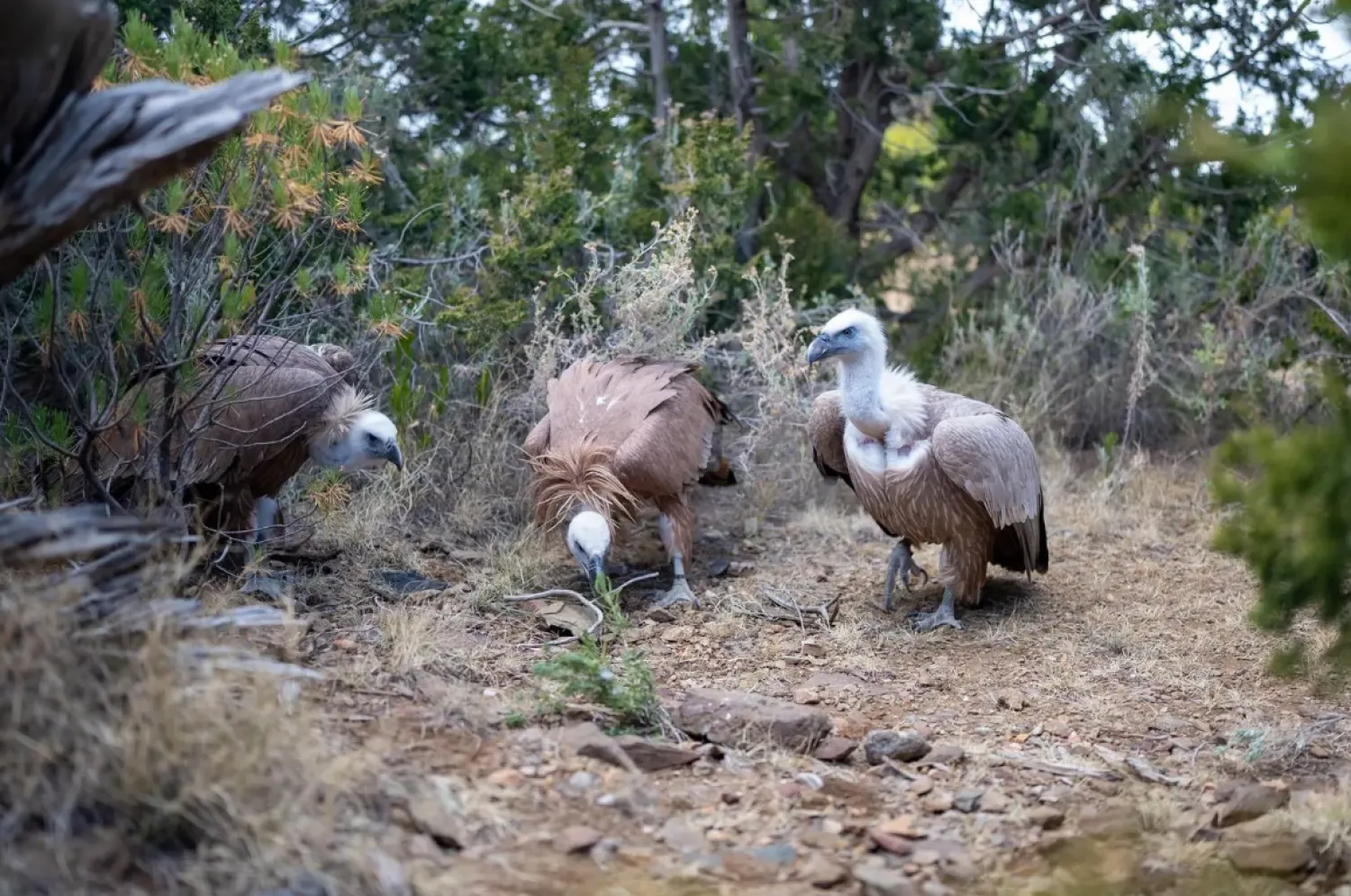Lava began bubbling out of Hawaii’s most active volcano once again on Tuesday as Kilauea's sporadic eruption resumed.
The eruption restarted at midday when molten rock began pouring out of a vent in Kilauea's summit caldera, the Hawaiian Volcano Observatory said in a statement. The lava was contained within the caldera inside Hawaii Volcanoes National Park and wasn't affecting any residential areas.
The volcano on the Big Island of Hawaii has been erupting on-and-off since Dec. 23. It's shot tall fountains of lava high into the air and spilled molten rock across the caldera floor each time it’s come back to life. The spectacle is a popular attraction for tourists.
The current episode is the 15th of the current eruption. The shortest of the previous episodes lasted 13 hours while the longest went on for eight days. Pauses in between episodes have ranged between 24 hours to 12 days.
Kilauea is one of six active volcanoes in Hawaii, including one that is submerged underwater. The largest is Mauna Loa, which is also on the Big Island and which erupted in 2022.









